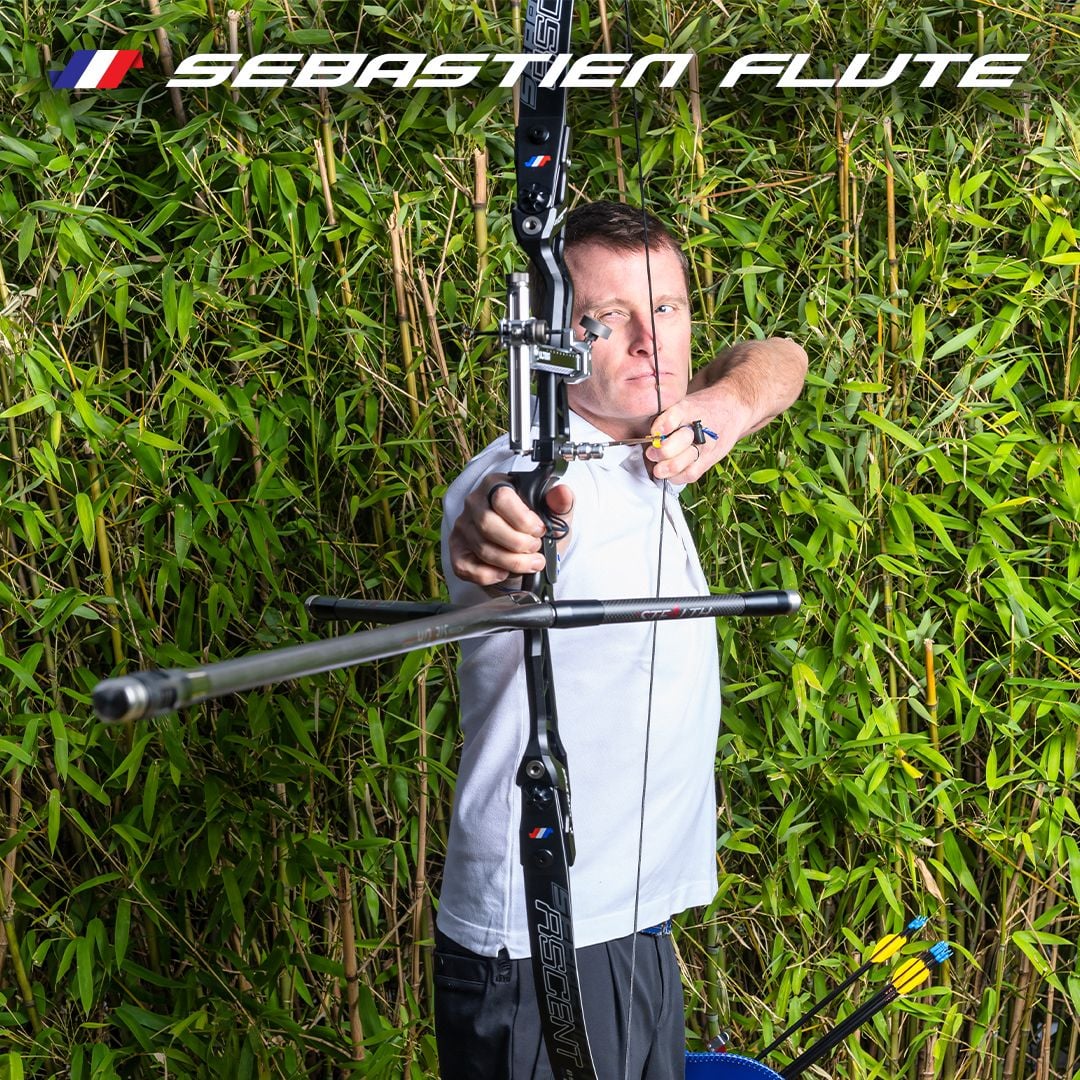Maximize Your Archery Precision With These Bow Stabilizer Methods
In the realm of archery, achieving optimal precision is a pursuit that demands meticulous focus to detail and method. One crucial element that can substantially affect your performance is the appropriate utilization of bow stabilizers. These often-overlooked accessories hold the potential to raise your capturing effectiveness to new elevations, but just if used properly. By discovering the nuanced methods of choose, setting up, and make improvements bow stabilizers, archers can unlock a realm of precision that may have previously eluded them. Whether you are a skilled archer seeking to refine your skills or a newbie excited to improve your precision, mastering these bow stabilizer strategies can be the trick to striking your mark with exceptional consistency.
Benefits of Using Bow Stabilizers
Utilizing bow stabilizers can significantly boost an archer's accuracy and general performance by minimizing bow torque and vibration. Bow torque, created by the unequal circulation of weight in the bow, can bring about disparities in shot placement. By connecting a bow stabilizer, the weight is rearranged, decreasing the results of torque and assisting the archer achieve a more consistent shot. Furthermore, bow stabilizers moisten vibration, which not only enhances the comfort of capturing yet likewise protects against the bow from jumping upon launch, therefore assisting in preserving appropriate goal.
Moreover, bow stabilizers can assist in holding the bow steady, especially during windy problems or when firing from longer distances. The added weight at the front of the bow offers security and balance, permitting the archer to concentrate on aiming without the diversion of bow activity. Overall, the advantages of making use of bow stabilizers extend beyond just precision, enhancing the archer's experience and efficiency in various shooting circumstances.
Selecting the Right Bow Stabilizer
Choosing the ideal bow stabilizer is critical for maximizing your archery devices and boosting shooting performance. When selecting a bow stabilizer, there are several aspects to consider to guarantee you find the ideal fit for your requirements. To start with, think about the weight of the stabilizer. Larger stabilizers can help in reducing bow torque and take in even more vibration, causing a steadier objective. Nonetheless, lighter stabilizers offer more ability to move, which can be useful in certain shooting circumstances.

Finally, think about the layout of the stabilizer. Some stabilizers include flexible weights or dampeners that permit you to personalize the balance and feel of your bow. Ultimately, choosing the best bow stabilizer entails discovering an equilibrium between weight, material, length, and style to enhance your capturing accuracy and general performance.
Appropriate Installation Techniques
To make certain ideal efficiency and safety and security in archery, mastering appropriate installment methods for your bow stabilizer is essential. The very first step in setting up a bow stabilizer is to determine the right positioning on your bow. A lot of stabilizers are connected to the front of the riser, listed below the grip, to assist counterbalance the weight of devices such as quivers and sights. Guarantee that the find here stabilizer is not interfering with other elements or impeding your shooting form.
Following, firmly affix the stabilizer to the bow utilizing the proper installing hardware. It is important to tighten the stabilizer well to stop any tottering throughout shots. Some stabilizers Full Article feature adjustable weights that can be added or removed to make improvements the balance of your bow. Trying out different weight setups to find the optimum equilibrium that fits your shooting design.

Readjusting Stabilizer Weight and Length
After ensuring the appropriate installation of your bow stabilizer, the following action involves changing the weight and size to optimize its efficiency in boosting archery accuracy. The weight of the stabilizer plays a vital role in lessening bow activity during the shot cycle. Adding weight to the stabilizer can aid boost and wet vibrations stability, causing even more accurate and consistent shots. On the other hand, decreasing the weight can enhance ability to move, which is helpful for scenarios calling for fast target procurement.
When it concerns stabilizer length, finding the appropriate equilibrium is crucial. A longer stabilizer can supply higher stability by enhancing the distance in between the bow and the weight at the end of the stabilizer. This included distance enhances the stabilizing effect, specifically in gusty problems or when shooting at longer distances. Alternatively, a much shorter stabilizer uses a lot more ability to move and may be chosen by archers who value dexterity and fast motions during capturing.
Advanced Stabilizer Tuning Tips
Achieving ideal bow security and precision in archery demands a nuanced strategy to advanced stabilizer adjusting. Advanced stabilizer adjusting involves fine-tuning different parts to enhance the bow's balance, minimize resonance, and improve general precision.
An additional crucial element of sophisticated stabilizer adjusting is optimizing the this post damping residential properties of the stabilizer system. Exploring different materials for the stabilizer building, such as carbon fiber or aluminum, can also influence the bow's performance by altering its weight distribution and tightness.
Final Thought
In final thought, optimizing archery accuracy can be attained with the correct choice, installation, and change of bow stabilizers. In general, including bow stabilizers into archery technique can lead to enhanced efficiency and enhanced precision.
Utilizing bow stabilizers can significantly improve an archer's accuracy and general performance by lessening bow torque and vibration. Longer stabilizers supply better stability and equilibrium, especially for long-distance shooting, while much shorter stabilizers offer even more versatility and are much easier to steer in tight areas (bow stabilizer). Carbon fiber stabilizers are durable and lightweight, while light weight aluminum stabilizers are robust and give excellent vibration dampening
A longer stabilizer can supply better stability by enhancing the range between the bow and the weight at the end of the stabilizer.One more critical aspect of sophisticated stabilizer adjusting is maximizing the damping residential or commercial properties of the stabilizer system.
Comments on “Bow Stabilizer Reviews: Locate the Perfect Stability Service for Your Bow”